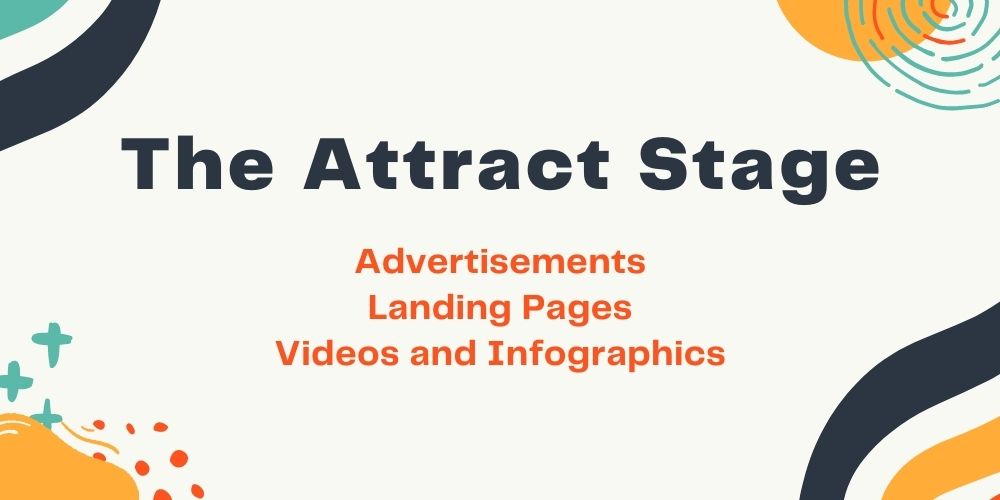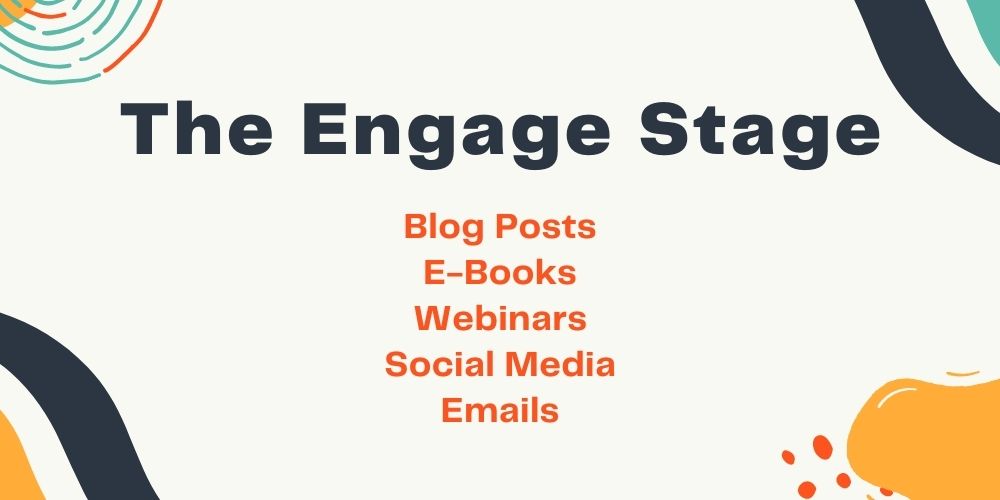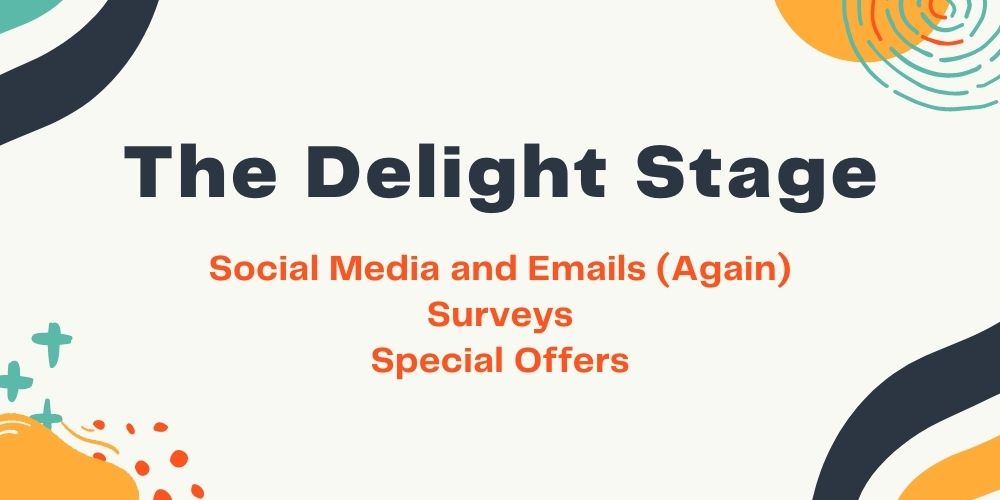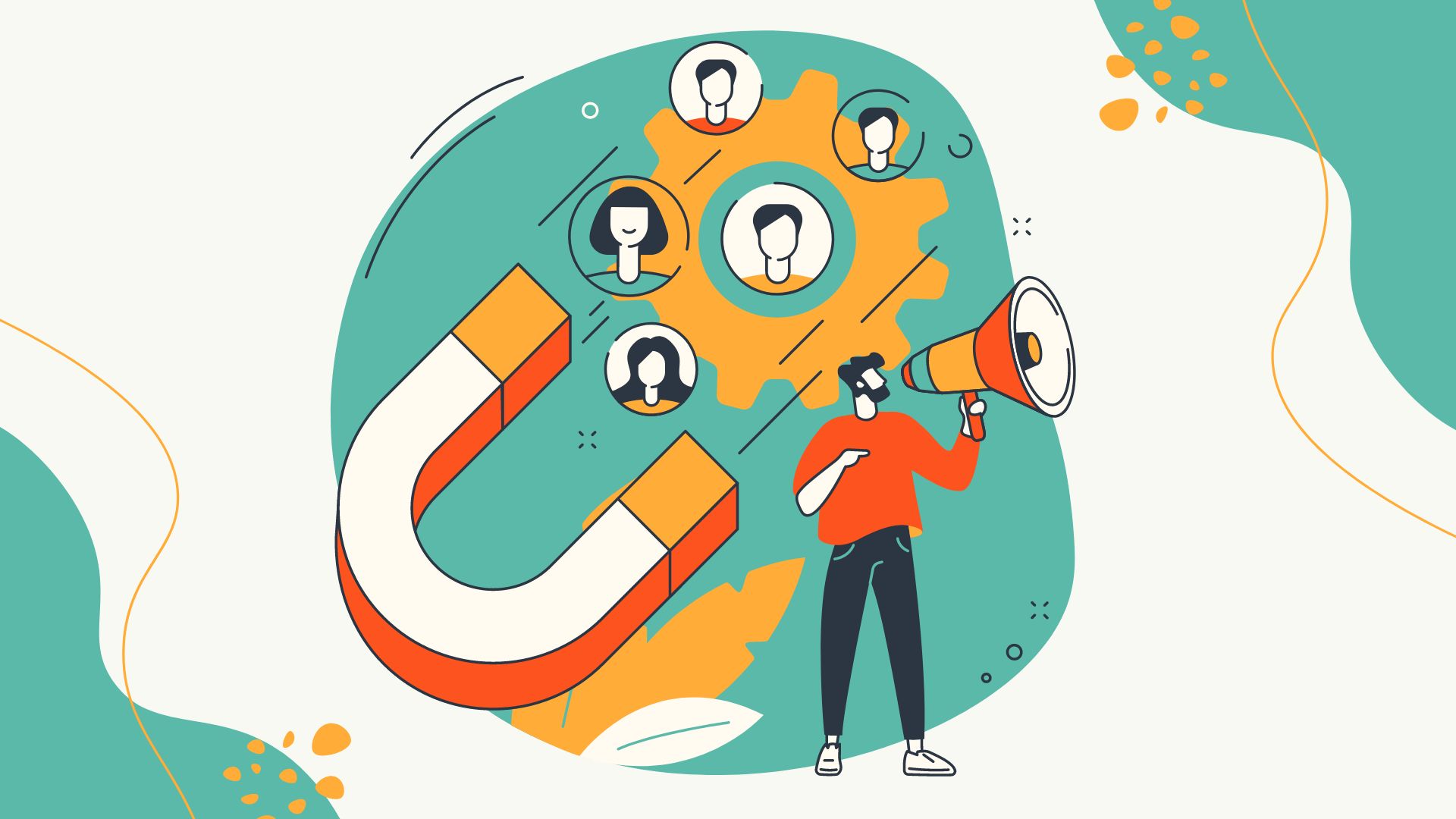Marketing Funnel: Choosing the Right Content for Each Stage
Finding the right content to use for each marketing funnel stage is crucial to finding success. If you need some advice on what to use, we’ve got you covered.
If every consumer in the world simply bought a product the second they learned about it, life would be much easier, especially for marketers. You wouldn’t have to fight for their attention and struggle to find ways to get them to come back for more. They would just continually buy your products.
Unfortunately, the business world will never work that way. Customers are too indecisive, and competitors will always find ways to take their attention away from you, which can result in you needing to grab it back. Marketing is a constant tug of war. Luckily, some strategies make this process easier.
One such tactic is known as the marketing funnel. We’ll cover that more in a bit, but the important thing to know about it is that the content you need to use for each level varies a bit. In this guide, we’ll detail which type of content you should choose for each stage of your marketing funnel. That way, you can retain as many loyal customers as possible.
What Is a Marketing Funnel?
Chances are, you’ve heard of a sales funnel before. Marketing funnels are similar, but they’re the step before the sale. The marketing funnel finds potential leads and gives them a reason to buy what your company sells. If you need to take a more personal approach to convert consumers, that’s when the sales funnel comes in and takes the leads generated from the marketing funnel and pursues them on an individual level.
We’re going to focus specifically on the marketing side of things for this guide, though. As far as this type of funnel goes, there are quite a few formats it can take. The bottom line of each type of marketing funnel is that they spread awareness, increase interest, and get people coming back for more.
That’s why the inbound marketing funnel is the best version. It trades the funnel for a circle, which better represents the cyclical path that consumers take through the marketing process. It starts with Attract, follows up with Engage, then sends customers into the Delight stage before starting anew. To keep things simple, we’ll only be using this format to go over how to choose the right type of content for each stage of the marketing funnel.

The Attract Stage
Without further ado, let’s get started with the Attract stage of the cycle. This is where you’ll initially draw people in, whether they’re looking for you or not. Of course, being the first stage, this is where you’ll lose most of your potential customers, so perfecting this section is crucial.
Advertisements
Obviously, the most crucial piece of content in this stage is the advertisement. You can host one or more of these either on search engines or social media sites. You’ll need to go where your target market is. These ads aim to pique interest and get people to your site. The more attractive and illuminating your ad is, the more likely viewers will notice it and click through.
Landing Pages
After clicking on your ad, consumers will go to a landing page you’ve set up. You can use your site’s home or product pages but sending them to a page that specifically educates them on who you are and what you offer is the best option. You’ll need to keep your message focused, though, because long-winded or convoluted text can be a bit overwhelming to someone who barely knows who you are.
Videos and Infographics
Most website visitors decide within the first ten seconds or so if they want to stick around or not. This is why large blocks of text can seem intimidating. If you want to share more info with your visitors, you’ll need to utilize videos and infographics. People are more likely to stick around if you share the information with them in a more presentable way. Plus, you can use these formats to gain interest through your social media channels down the line.

The Engage Stage
Alright, so you’ve successfully attracted a new group of potential customers. It’s time to connect with them. That’s what the Engage stage is for. You’ll need to increase your consumers’ interest levels enough to get them to commit to a purchase. Simply bringing them to your site isn’t enough, usually.
Blog Posts
The first thing your potential customers will want to do is learn more about your products, industry, and who you are. The best way to do this is through blog posts. They are short enough to be quickly digestible but long enough to give a good insight into these topics.
Another great benefit to blog posts is that, if they perform well enough on search engines, they can help you essentially skip the Attract stage of the marketing funnel. You’ll just need to learn how to write SEO-friendly blogs. Once you do, each blog post will act as a form of advertising for you.
E-Books
If you feel that short blog posts will be insufficient for the amount of knowledge you want to share with those who might be interested in your business, then you might want to consider writing an informational e-book. These will help keep interested parties engaged for much longer. Whether you decide to make people pay for it or give it away for free in exchange for an email, you can use this book to make smaller customer conversions. This will help larger ones down the road become much more possible.
Webinars
If you’re worried about people losing interest in your long-form content, then webinars might be a better choice for you. These can last long enough for you to get all the vital info in front of your audience, and create more opportunities to interact with your customers. You can converse with them directly and answer their questions, which will get them much more involved.
Social Media
We know your company is probably already on social media, but if it isn’t, this needs to be your next step. Easily, the best way to directly engage with people interested in your brand is to connect with them online. Sign up for the sites that your target audience already uses and start making posts and replying to comments. Whether you’re there to have fun, push some products, or a mix of both, people will remember you if you talk to them through their socials.
Emails
Some problems with social media are that most of those sites’ content is on the shorter side, and most people are just there for entertainment purposes. If you want to focus more on showing off your brand and products in a longer format, emails are the way to go. You can embed links for many of your products with ease, and people who take the time to view your emails will become much more invested than they would be on social media. Plus, you can still reply to those who send responses when needed.

The Delight Stage
After a successful engagement, you’ll have finally made a sale. However, that’s not the end. You’ll need to keep your new consumer coming back for more. The Delight stage focuses on turning these people into loyal customers.
Social Media and Emails (Again)
The best way to keep people returning for more is by doing pretty much the same thing you did in the Engage stage. You can use your social media channels and email newsletters to show your followers more products and services they might be interested in. You can also send friendly reminders to them if they haven’t interacted with you in a while. Really, it’s up to you how your company uses these mediums to build a loyal consumer base.
Surveys
Of course, your company can’t simply read the mind of your customers. That’s why it’s never a bad idea to run a few surveys to find out what your customers think. If you do something wrong enough times, you’re certain to receive angry messages and emails about it. Surveys are a great way to figure out which minor issues you could improve.
Special Offers
Finally, special offers are the best way to reel people back in. Whether you give out coupons or ask them to join your loyalty program, giving people a tangible incentive to shop with you is extremely effective. Even if someone is a huge fan of your business, providing them with a bonus will guarantee they’ll buy from you again soon.
